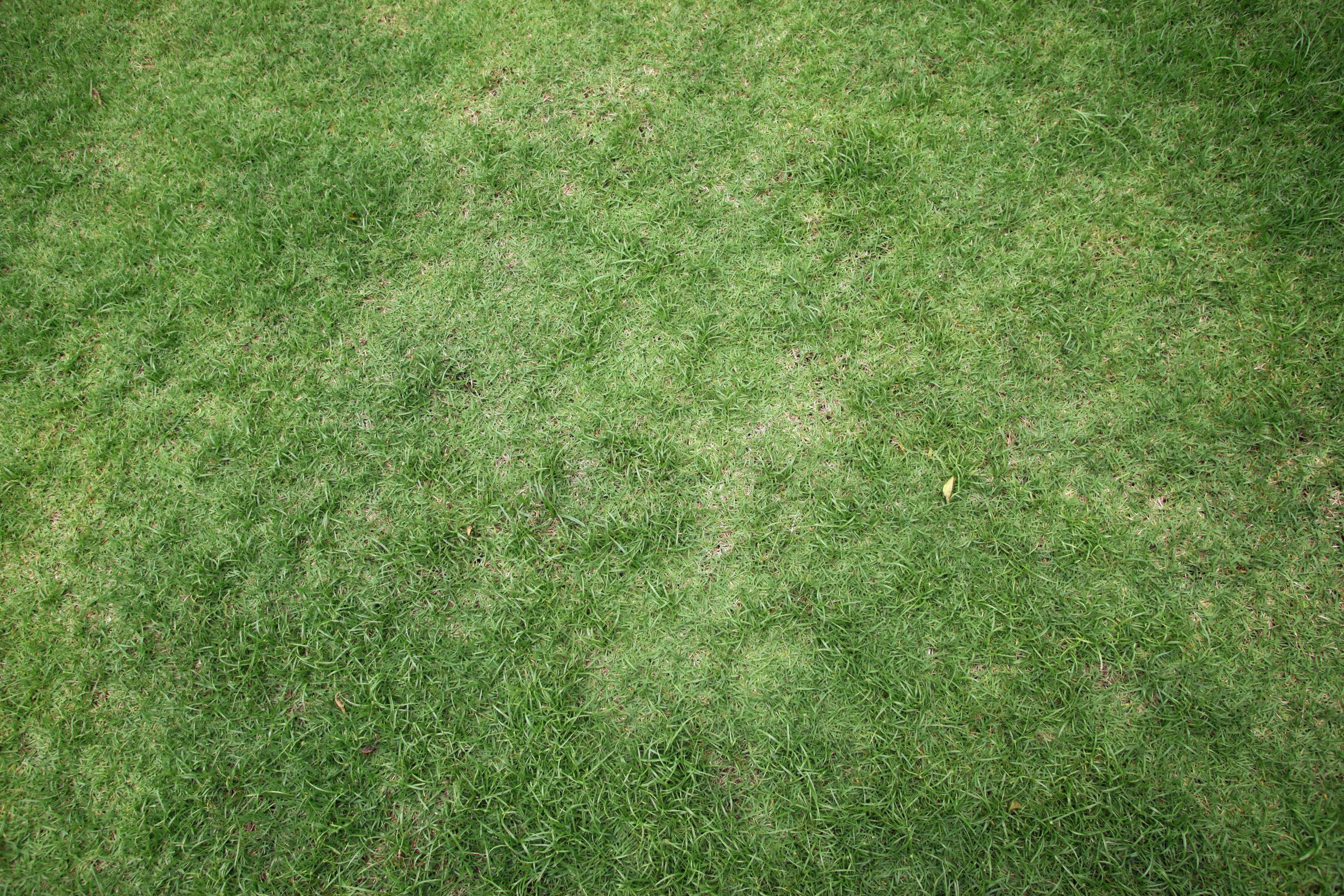How to Revive a Dead Grass in Your Lawn Without Cutting It? With the availability of synthetic grass for residential and commercial landscaping markets, there are a number of ways to cut dead grass. However, one of the most effective ways to avoid the deadening and browning effect of dead grass is to properly water your lawn. Before you attempt any water process on your lawn, you should thoroughly inspect the lawn’s crowns where the bright green surface of individual blade-like leaves come.
Tips for How to Revive Dead Grass
If the blade-like leaf surfaces on the dead grass are alive, your yard should quickly revive itself by watering it, but if they are dead, then your lawn would need to be treated by a professional. The blade-like leaf surfaces provide water runoff with roots down into the soil. If they are not properly cared for, the roots can cause erosion and cause brown patches on the lawn. These brown patches can be permanent or temporary depending on the amount of water and fertilizer that is applied. A professional lawn care service can determine which type of patches you have, how deep they are, and how to remove them in the future.
Choosing the Correct Grass Type
Choosing the correct grass type is important for how to revive dead grass. Different types of grass have different features. For example, sod grass needs to be mowed higher than other types of grass to maintain its fullness and beauty. Fescues are low maintenance but are often used for lawns that need to regrow fast because they are naturally vigorous.
How to Remove Stubborn Weeds
Dead grass and weeds will often form on the surface of your lawn. They will grow into the narrow nooks and crannies where the grass usually grows. When you apply an organic weed killer, the weeds will die and the lawn can regrow quickly.
How to Apply Fertilizer: You can use either a natural fertilizing product or one that you mix into the soil. Make sure to read the instructions carefully to ensure proper application. To increase fertility, do not use a natural fertilizer near the beginning of the growing season, as this can cause the grass seed to germinate. Instead, use a fertilizer several weeks before and after seeding.
How to Avoid Dead Grass in the Future
How to Keep Dead Grass Off Your Lawn: One of the worst mistakes people make when trying to regrow their sod is using a weed killer. Using a weed killer to kill weeds can actually make the soil more conducive for more sod growth. Instead, use a grass enhancer to help keep the grass seed from washing away into the ground below. This grass enhancer will not only improve the health of the lawn, but will also provide essential nutrients needed by the grass to germinate and grow.
How to Make a Lawn With No Dead Grass Patches
If you live in an area that gets cold during the winter, you may have to cut back on the amount of lawn you mow. Cutting back on lawn mowing will allow the grass to grow back to the point that it can create a healthy green lawn. If you find that dead grass patches are forming on your lawn after you have cut it back, don’t panic. This type of patch will return to its normal appearance in the spring, with the new growth appearing as healthy grass.
How to Dethatch Grass
The best way to dethatch is to go back to the source. Remove the dead grass from the soil and rake the lawn. This will clear the area and allow you to make room for healthier grass. If the area has not been raked in a while, you may need to add some fertilizer. After you have worked the area and it is healthy again, you can begin working on the new grass.




